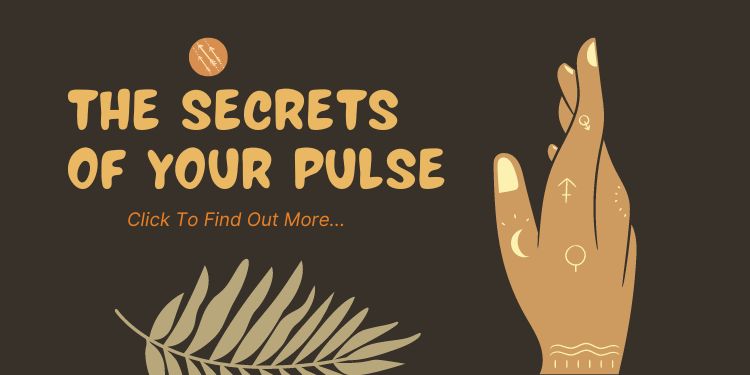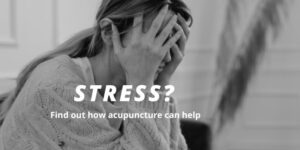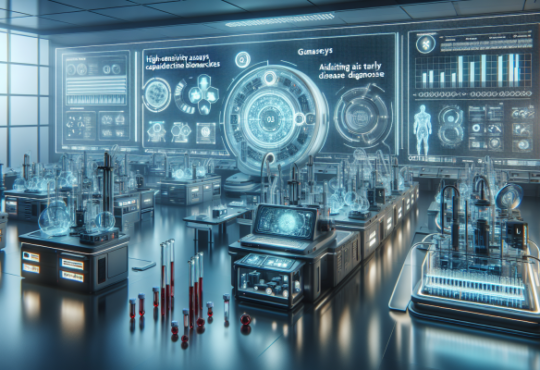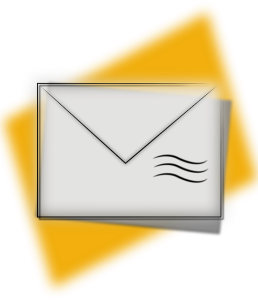
The Amazing Powers of Chinese Pulse Diagnosis
When I initially went to undergo acupuncture for a chronic knee condition, my acupuncturist instructed me to place my hands on the table, palms up, so he could feel my pulse. I figured he was only seeking the rate, but within five minutes, it became clear that he was looking for much more. After a few minutes, my acupuncturist told me in horrible English that I had weak kidneys, which was why I felt spaced out and fatigued most of the time. He also blamed my kidneys for my knee discomfort, strange soreness in my lower back, and the low-pitched ear ringing that appeared out of nowhere.
Furthermore, he claimed that the vague dread I experience occasionally is caused by impaired renal function. I puzzledly looked at him and asked, “You got all of that from feeling my pulses?” He could only nod his head. What surprised me was how accurate he was about these symptoms, even though I had just told him about my knee pain. Unfortunately, my knees did not respond to the repeated acupuncture sessions, but that conversation with my pulses implanted in me a trust in Chinese medicine and a fascination with its application, which led to a career as an acupuncturist specialising in this ancient practice.
There are several pulse diagnosis traditions in the various fields of Asian medicine. The most frequent variety employed by Western acupuncturists consists of twenty-six distinct pulse characteristics, each of which shows different organ imbalances that may be contributing to the patient’s poor health. The acupuncturist also palpates three basic spots on both wrists along the radial artery, each corresponding to the function of a vital organ in the body.
The acupuncturist will feel for specific qualities in each of these locations to assess the relative health of each organ and how the organs interact with one another. The pulse can convey parts of spiritual, emotional, or bodily difficulties in any of these locations; comprehending this information is primarily based on the acupuncturist’s ability. Let’s look at some of the more appealing parts of this diagnostic method now that we’ve covered the foundations.
Stability and Shock
When I first feel the patient’s pulse, the most important factor I consider is the heart’s overall stability. The stability of the pulse is determined by the consistency of its rate, rhythm, and intensity. If the pulse rate fluctuates, or if there is any irregularity in the rhythm of the beats or the quality sensed, then stabilising the pulse becomes a primary treatment goal. When the pulse becomes unstable, so does the heart.
This is almost often owing to a state of shock that has outlasted the patient’s ability to experience optimal health and balance. We usually think of shock as acute trauma or obvious danger threatening our basic survival. Shock can be defined more broadly as any life-altering incident that throws us off balance and impairs our ability to be present in our lives. This form of shock can be caused by divorce, job loss, verbal abuse, addictions, and stress.
Our abilities of consciousness and understanding suffer when our heart loses its brief steadiness and beat. The heart shen, or spirit or awareness that emanates from the heart, becomes muddled. As a result, we lose contact with our intuitive senses, which makes life feel untrustworthy and exhausting. According to the five-element acupuncture approach, we can only properly treat chronic health problems if the underlying state of shock is addressed.
This is why so many of us become locked in the painful cycle of experiencing initial relief in our symptoms, only to have them return a short time later, putting us right back where we started, if not worse. Without this deep foundation of a balanced heart shen, the patient simply does not have their spirit to use as an ally in the healing process. One of the most common remarks I hear in my clinic when patients recover from the shock and their pulse stabilise is, ‘I feel like I have myself back.’ This reaction to treatment always makes me optimistic about the patient’s situation since they now have access to an inner reserve of awareness and strength that was before unreachable.
The Impact of Prevention
Susan, a 33-year-old lady, came to visit me for help with severe anxiety and depressive disorder that had been affecting her for several years. When I saw her, she was taking two antidepressants. She complained of fatigue, warmth, thirst, and sleep disturbances. Susan had a yin deficit pattern, which meant that her physiology’s cooling, calming, and moistening processes had been compromised. Yin deficiency is most common between the ages of 45 and 65. It suggests that one’s constitutional vigour declines due to excessive ruminating, stress, or anxiety.
Susan, a 33-year-old lady, having this trend suggests that her mental state was causing her to age prematurely. Given that the pattern would almost surely worsen if not treated, I anticipated that Susan would have menopause in her late thirties or early forties and that her body would fail her before she had lived a full life. We were aiming to treat not only her current issues but also her proclivity for premature ageing, as I used acupuncture and herbs to restore her yin.
Susan began to feel more emotionally balanced than she had in years as her pulse relaxed and softened, and she appeared visibly younger. She felt lighter, more energised, and slept better as a result. Susan’s overall health had improved noticeably, and her potential for lifespan had increased significantly due to her yin nourishing treatment, as seen by her pulses and overall appearance.
This case study shows how the pulse can effectively predict our tendency for health and longevity vs illness and degeneration. Simply put, the pulse tells the acupuncturist which way the wind is blowing. Is the patient nurturing energy through moderation and balance, or is he or she losing energy due to excessive worry or activity, nutritional imbalances, or other lifestyle factors? Each organ position expresses the organ’s tendency for health or disease. As a result, a qualified acupuncturist may not only handle the patient’s current health problems but may also educate the patient about future health trends based on the patient’s pulse quality.
Western medicine is mostly concerned with treating disease after it has revealed itself, whereas Chinese medicine, through pulse diagnosis, is better able to cut through the momentum that is causing the ailment. As many of history’s leading doctors and medical pioneers have recognised, this latter talent is more really emblematic of medicine’s fundamental purpose: to educate patients so that their lifestyle choices produce a condition of heightened well-being that renders them sickness resistant.
The Truth Has Been Revealed
A proficient pulse reader can see the patient’s pulse as a direct line of communication that transmits poignantly honest and emotionally charged information. Given that language is generally mediated by our subjective image of what we want people to know about us, what the patient says about their situation frequently contradicts what they say. A patient, for example, may put on a happy face, but their pulse pattern betrays an unmistakable state of instability or discord. Another typical scenario I encounter is the patient who appears calm but whose pulses betray a tightly constricted feeling of restrained rage.
The potential for a powerful therapeutic experience improves dramatically when the acupuncturist can identify the true state of the patient’s inner life. Indeed, one of the ultimate goals of advanced pulse practitioners is to be able to prescribe exceedingly precise herbal formulations based purely on the patient’s pulse rhythm. This ability is a sign of a truly holistic approach to medicine, as it looks beyond the patient’s symptoms to the underlying disharmony causing their poor health.
When the pulse begins to balance, the acupuncturist gains confidence in the patient’s overall health, even if this occurs before the patient notices overt improvement. I’ve observed patients’ pulses improve drastically before their symptoms improved on several occasions. These patients almost always begin to see significant progress immediately after their pulses reflect a more harmonious state due to my encouragement to continue with the therapy for a little longer.
Because they are so skilled at absorbing the significance of the qualities they sense, some pulse practitioners appear to have psychic abilities. Acupuncturists of this calibre, on the other hand, may commonly assert that their abilities are completely ordinary and that what is sensed on the patient’s pulse is simply common sense knowledge available to everyone. The idea is that the patient’s entire life story is just waiting to be recognized; it’s simply a matter of keeping the senses open to all of the information being offered, whether physical or emotional in nature. The fact that the method or herb is so prevalent, as with many other types of treatment, is what makes it so miraculous.
Unfortunately, as more practitioners rely on modern equipment for diagnostic information, the rich history of Chinese pulse diagnosis is vanishing. Touching another person’s pulse may not feel ‘objective’ or mechanical enough to many of us in today’s environment. However, in my experience, it is this very ordinary degree of touch with another person that distinguishes true healing from palliative care.
This article was brought to you by: https://goo.gl/maps/sBkyvSSBfNVP5pHq8
The post The Amazing Powers of Chinese Pulse Diagnosis appeared first on https://buydroppeddomains.com
The post The Amazing Powers of Chinese Pulse Diagnosis appeared first on https://wookicentral.com
The post The Amazing Powers of Chinese Pulse Diagnosis appeared first on https://gqcentral.co.uk
The post The Amazing Powers of Chinese Pulse Diagnosis appeared first on https://alef3.com











